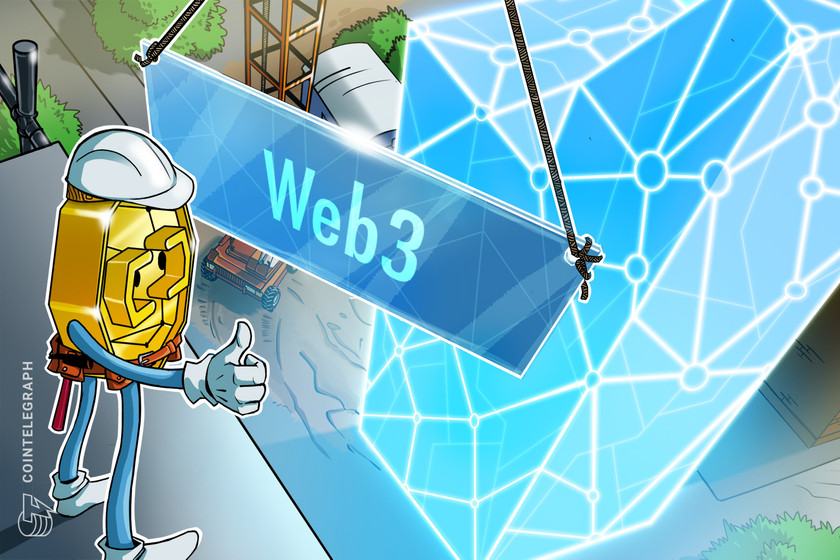Hacking in Web3 is easy because it uses the same pattern that’s been used since the inception of the internet — pretending to be someone else.
Due to the complexity and the “cool factor” of Web3 projects, one can easily — and mistakenly — assume that it takes Mr. Robot level of advanced hacking techniques to pull off a successful attack. In truth, however, it only takes a sinister ad placed on Google search results, an impostor Telegram group or a deviously-crafted email to break the security barriers of the Web3 ecosystem.
Blockchain projects can use top-notch smart contracts, securely integrate crypto wallets and use best practices in each digital step across the board. But they still need help with the social aspect of user protection.
Web3 takes the “ownership” from central entities and distributes it to users to democratize the internet for everyone. It gives power to the user.
But, attaining this power of ownership also comes with significant responsibility. Users need to understand how crypto wallets work, how transactions are made, and how assets are stored — and the steep learning curve is not helping.
Cointelegraph sat down with Dmitry Mishunin, the CEO of blockchain auditor HashEx, at Istanbul Blockchain Week to speak about the ins and outs of Web3 from a security expert’s perspective.
Cointelegraph: You were working on Web3 before it was even a thing. How do you describe or frame Web3?
Dmitry Mishunin: I think the main feature [of Web3] is the control of funds is the users’ responsibility, and this is a fascinating paradigm.
Web1 is just a read-only experience. You can get the information and get the context, but you can’t do anything with it. Web2 is a read-write mode — you can upload something. And Web3 is read, write, own.
This is a crazy responsibility for the end-user because they didn’t have such an experience before. We see lots of problems in security because people don’t realize that this is their personal responsibility against their own assets. People are not ready for this.
CT: How do you think Web3 differs from others regarding security and user protection?
DM: It comes with a new level of security and a new level of smart contracts. It’s not only about the privacy of smart contracts; it involves all the infrastructure of wallets, users, their mission and so on.
When a huge bank lacks funds, governments can provide the funds, not as credit. They buy the bank for $1 and give government funds. The Web3…
Click Here to Read the Full Original Article at Cointelegraph.com News…
























